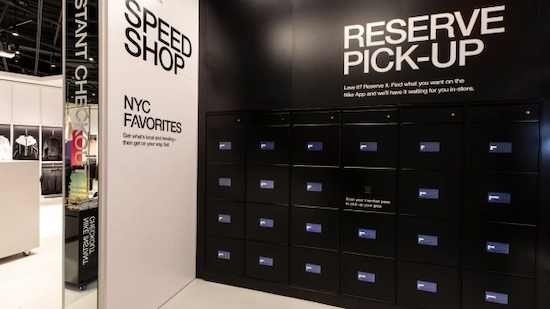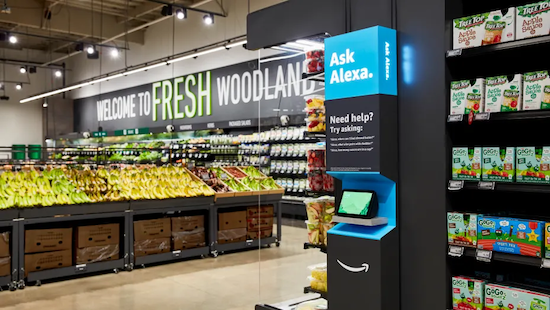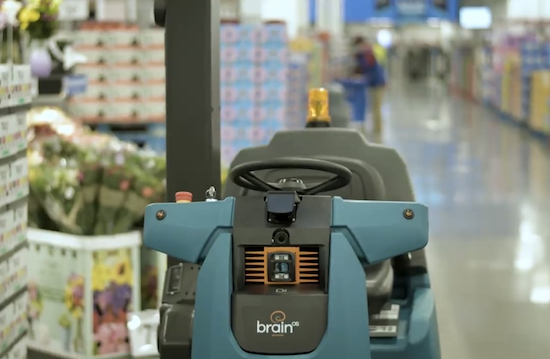March 14, 2023
Retailers are firmly on board the digital transformation train, reinventing how they do business to delight consumers with omnichannel and personalized experiences. Gone are monolithic technology stacks, replaced with agile and composable architecture models that support the success of the business today and into the future.
However, in the rush to digitize, many retailers overlook the unprecedented volumes of data these new (and existing) technologies generate. While plenty of thought is invested in optimizing the customer experience (CX), establishing how to manage the storage and analysis of so much data is often an afterthought.
In this blog post, we examine the different types of data generated within retail, the new technologies that increase the load, and the strategic importance of managing data for a healthy and profitable business.
Retail Data and Why It Matters
Retailers generate data across the entire operation, front and back. Every pick, click, and customer interaction; every SKU, sale, and shift in inventory generates more data that must be managed.
There are three categories for retail data, depending on the source:
- Structured data is organized and usually stored in a database, file, or spreadsheet. Examples include point-of-sale, inventory, product hierarchies, etc.
- Unstructured data is not organized and is saved in its native format. Examples include customer reviews, location data, tweets, pictures, hashtags, etc.
- Semi-structured data straddles both categories. It is not captured or formatted using conventional methods. However, there may be information associated with the data, such as metadata tagging. Examples include emails, XML, zipped files, etc.
Once combined, the collective is referred to as Big Data, with emphasis on the “big”.
Consider the world’s largest retailer: Walmart. The company collects 2.5 petabytes of unstructured data from one million customers every hour. Add to this the data generated by 245 million customers visiting 10,900 brick and mortar stores, supplemented with 10 active websites, and the scope of the company’s Big Data is astounding.
The collected information serves Walmart well. For example, in-house analytics systems analyze close to 100 million keywords each day to optimize bidding, factoring in millions of products and hundreds of millions of customers from a range of sources. On this single data initiative alone, Walmart has produced a 10-15% increase in online sales for $1 billion in incremental revenue.
Getting Your Data House in Order
Although few companies compete at the level of a Walmart, the need to collect and integrate data from a range of data-generating components is an absolute requirement for digital transformation, regardless of retailer size.
Enterprise integration is a critical enabler in achieving these outcomes, streamlining the collection of structured, unstructured, and semi-structured data across the operation to contribute to a Big Data collective.
A good example is Payless, an international, self-serve footwear retail chain, with almost 4,500 stores in 30 countries. The retailer implemented enterprise integration platform as a service (eiPaaS) technology to connect a new e-commerce platform within its existing retail infrastructure.
The result is a seamless flow of data to and from the system, supporting a consolidated database for better analytics and insights. With a contemporary e-commerce platform firing on all cylinders, Payless is able to provide an improved customer experience, even during surges in sales on Black Friday and other high-volume days.
With enterprise integration, retailers benefit from a rich store of ever-green data they can continually analyze to uncover meaningful insights. These include:
- Personalized customer experiences
- Trend and spend predictions
- Forecasting demand
- Pricing optimization
- Customer journey insights
New Retail Tech = More Data
Even after your data house is in order, the work doesn’t stop. More customers mean more digital interactions, spawning even more data. Most impactful is the adoption of nascent technologies, a key enabler for digital transformation initiatives.
Today, ecommerce websites and remote interactions generate the biggest share of retail data. However, brick and mortar stores have become data generators in their own right. Here are just a few examples of innovative instore technologies entering the retail domain that contribute to Big Data:
Digital & curated shopping
The Nike NYC House of Innovation store provides shoppers with an immersive, digitally powered experience including interactive geozones that are navigated by scanning QR codes via mobile phones.
(Photo credit: Nike)

The Nike NYC House of Innovation store provides shoppers with an immersive, digitally powered experience including interactive geozones that are navigated by scanning QR codes via mobile phones.
The space includes a Nike Speed Shop, where customers reserve items online, then try them on and buy them in-store. Pre-selected merchandise is placed in lockers that the customers open with their smartphone.
The store also has a customization space where shoppers personalize products with the colors and features they want.
Automated checkout
Everyone’s familiar (though maybe not enthralled) with self-checkout kiosks. Automated checkout is upping the game, with computer vision, deep learning, and sensor fusion technology to automate payment and checkout.
(Photo credit: Amazon)

Amazon is an established early adopter, where customers enter a store, select items, and leave without queuing or checking out. Payment is automated via the Amazon Go app.
Inventory Analytics Robots
The adoption of new technology isn’t limited to customer interactions. Sam’s Club relies on automated powered robotics with artificial intelligence operating systems to analyze shelving units across its stores.
(Photo credit: Sam’s Club)

Data collected is used to verify pricing accuracy, confirm product locations versus the floor plan, and monitor stock levels.
The adoption of new technology isn’t limited to customer interactions. Sam’s Club relies on automated powered robotics with artificial intelligence operating systems to analyze shelving units across its stores.
Data collected is used to verify pricing accuracy, confirm product locations versus the floor plan, and monitor stock levels.
Though radically different in terms of tech and use cases, all of these innovative retail technology models have one thing in common: data. And plenty of it.
Managing so many diverse data sources has become a business imperative, providing retail organizations with insights that help inform important decisions, today and in the future.
Digibee eiPaaS technology enables a resilient and agile data strategy that easily grows with your organization, regardless of size or scale. We help our customers evolve their business, leveraging Digibee’s low-code eiPaaS to integrate modern systems with existing technologies, streamlining the flow of data across the operation for a singular view of the business.
If you’re interested in how Digibee can help your retail organization, we are happy to show you how. Book your choice of a discovery call (15 minutes), custom demo (30 minutes) or a deep dive (60 minutes) to learn more.













